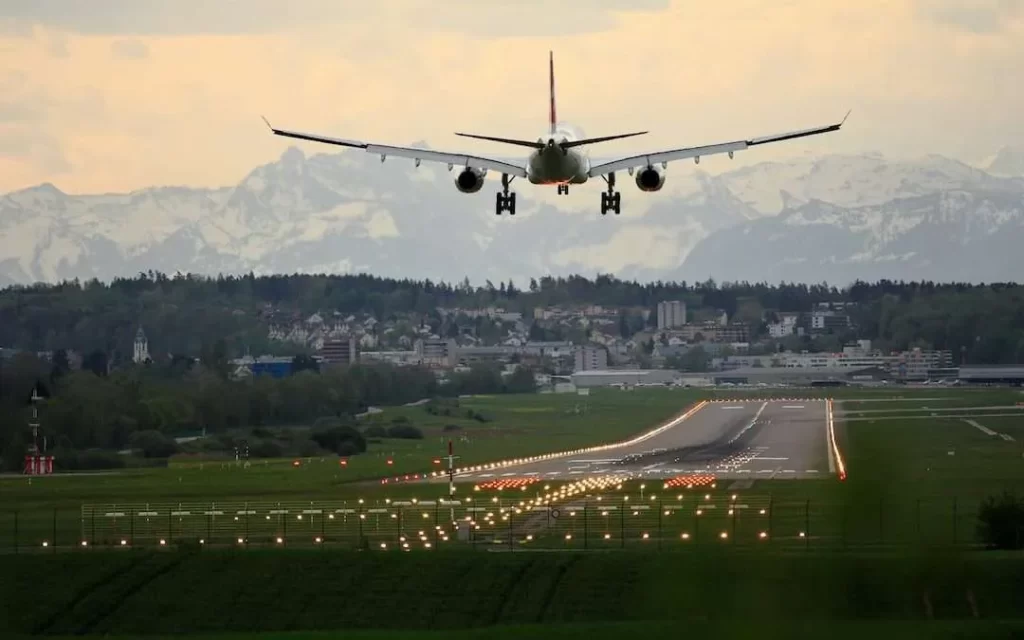Overview of Aviation Insurance in Colorado
Aviation insurance plays a crucial role in the aviation industry by providing financial protection against accidents and damages. While it is not mandated by federal or state regulations, it is indispensable in mitigating aviation risks and liabilities. In Colorado, the cost of aviation insurance is influenced by a variety of factors, including the type of aircraft, the pilot’s experience, and the amount of coverage required. For instance, the insurance premium for a single-engine aircraft will differ significantly from that of a multi-engine aircraft.
Moreover, honesty during the insurance application process is paramount to avoid insurance fraud. Any misrepresentation or omission of facts can lead to severe penalties and loss of coverage. Given the inherent risks and liabilities in aviation, such as potential accidents and damages, having adequate insurance coverage is vital for any aircraft owner or pilot.
Factors Affecting the Cost of Aviation Insurance
Several factors contribute to the cost of aviation insurance in Colorado. One of the primary considerations is the amount of coverage needed. This depends on the risks the owner or pilot is willing to bear. The type of aircraft also significantly influences the insurance cost. For instance, insurance for jets and helicopters tends to be more expensive compared to drones and single-engine aircraft.
The pilot’s experience and claims history are another crucial factor. Pilots with more experience and a clean FAA record often enjoy lower insurance premiums. Similarly, the storage location of the aircraft and investment in flight training can also affect the insurance cost. Aircraft stored in hangars are less susceptible to weather damage, often leading to lower insurance premiums.
Understanding Different Types of Aviation Insurance
Various types of aviation insurance are available, each offering different coverage. Renter’s insurance, for instance, is designed for pilots renting aircraft, providing coverage for potential damage during the rental period. Hangar insurance covers damage to the hangar and its contents. International liability insurance provides coverage for international flights, while in-flight insurance covers damage to the aircraft during flight.
Ground risk hull insurance covers damage to the aircraft while it’s not in flight, whereas public liability insurance provides coverage for damage to property or injuries to third parties caused by the aircraft. Passenger liability insurance covers injuries to passengers, and crew coverage is designed for the crew members of the aircraft. Understanding these various types of aviation insurance is vital when choosing the appropriate coverage.
Colorado’s Aviation Insurance Regulations and Requirements
While Colorado does not require general aviation aircraft owners and operators to purchase liability insurance, it is strongly recommended for protection against accidents and damages. This is in contrast to states like Minnesota, where liability insurance is mandatory for almost all general aviation aircraft owners.
Despite the lack of regulatory imposition, many general aviation aircraft owners in Colorado purchase liability insurance policies of $1 million per occurrence, with or without a passenger sublimit. These policies can start at a few hundred dollars annually and provide compensation for medical expenses and property damage in the event of an accident.
Understanding the Cost Breakdown of Aviation Insurance
The cost of aviation insurance is typically divided into two main components: Liability Coverage and Hull Coverage. Liability Coverage, which covers bodily injury, property damage, and provides legal defense, typically ranges from $275 to $600 depending on the make/model and aircraft use. Hull Coverage, on the other hand, covers physical damage to the aircraft itself and costs between 1.5% to 10% of the insured value, depending on underwriting factors.
Importance of Non-Owned Aircraft Insurance for Renters
Non-owned aircraft insurance is crucial for pilots renting aircraft, as it covers bodily injury, property damage, medical payments, and damage to the rented aircraft. Many flight schools, including Journeys Aviation, require all renting pilots to have a non-owned aircraft policy in place. The cost of non-owned aircraft coverage is estimated to be around $325 per year.
Tips for Choosing the Right Aviation Insurance
When choosing aviation insurance, it’s important to compare quotes from different insurance providers. Consider the type and size of the aircraft, the number of passengers, and your hours of flight experience. Also, look for perks and discounts offered by insurance carriers. For instance, joining an association or flight club can provide access to discounts from certain insurance companies.
Conclusion
In conclusion, aviation insurance is a crucial consideration for any aircraft owner or pilot in Colorado. It protects against risks and liabilities in aviation and offers financial protection in the event of accidents or damages. The cost of aviation insurance in Colorado depends on various factors, including the type of aircraft, the pilot’s experience, the amount of coverage needed, and more. Therefore, it’s vital to understand these factors and choose the right aviation insurance to ensure adequate protection.










